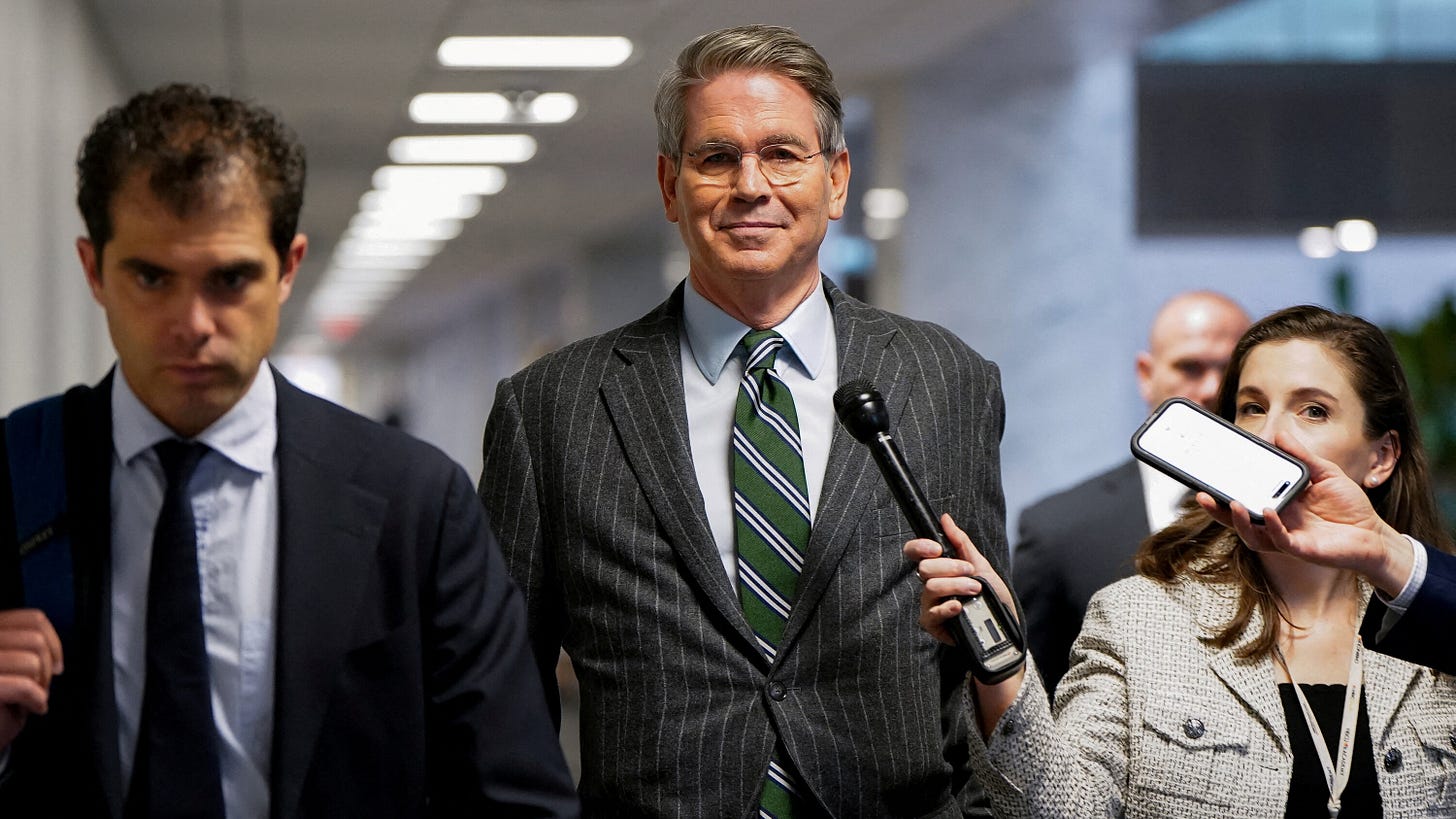It’s hard to overstate how volatile this year has been for capital markets—and for those of us navigating development, dealmaking, or capital raising in commercial real estate, the last thing we needed was another curveball. Yet, just days ago, we got one: a sweeping (albeit temporary) tariff rollback between the U.S. and China.
The market reaction was immediate. Stocks ripped higher, the dollar surged, and oil prices climbed—all signaling that investors see this as more than just a breather. It’s a recalibration.
Over the weekend in Geneva, Treasury Secretary Scott Bessent emerged as the unexpected diplomat in a high-stakes standoff. The new framework lowers tariffs on both sides for 90 days: the U.S. drops to 30% from 145%, and China reciprocates at 10%, down from 125%. Sector-specific duties, like those on semiconductors or critical minerals, remain untouched. But what’s clear is that both sides want to avoid a full decoupling.
Why This Matters for Our Industry
We’re already seeing signs of relief in CRE capital markets. Brokerages like CBRE, JLL, and Colliers just posted strong Q1 results—14% revenue growth at Colliers, 30% jump in CBRE net income, and JLL topping pre-COVID leasing levels for the fifth consecutive quarter. But if you look beyond the headlines, the message is consistent: absent tariff chaos, forecasts would’ve been even stronger.
Newmark’s CFO didn’t mince words. If not for trade uncertainty, they would’ve raised guidance. Colliers said financing delays were directly tied to tariff policy. Even CBRE held back from increasing its 2025 outlook. Deal volume is hostage to policy clarity, and now—at least for 90 days—we have some.
Industrial in the Crosshairs, Office on the Move
While office leasing continues to rebound (JLL’s global leasing jumped 18% YoY), industrial assets remain more exposed to global trade headwinds. Any CRE pro with exposure to logistics or manufacturing tenants is watching this tariff reset closely. A stable tariff environment would unlock deals that have been sitting in limbo for months.
Piper Sandler’s Alexander Goldfarb nailed it: limited supply, strong bank relationships, and rising demand are keeping the floor under this market. But the real unlock? Stability on the macro side. If 10-year Treasury yields stay under 5% (they’re currently hovering around 4.4%), analysts expect a surge in transaction volume in the second half of 2025.
The Investor Mindset Shift
Trump’s tone has softened—for now. After calling for 80% tariffs just days ago, he’s now hailing this 90-day agreement as a “total reset.” Whether that sticks is anyone’s guess. But what’s undeniable is the sentiment shift among investors: trade resolution feels plausible, and that alone could jumpstart dormant capital.
Stocks most exposed to China—Apple, Amazon, Nvidia, Dell—are bouncing hard. So are real estate equities. There’s a new window opening, and smart investors are already positioning themselves for a second-half recovery.
Bottom Line: A Short Truce, But a Big Signal
Let’s not mistake this for a permanent resolution. It’s a 90-day timeout. But for dealmakers, developers, and real estate capital allocators, that may be enough. Enough to move capital off the sidelines. Enough to reprice risk. Enough to finally close the deals we’ve been underwriting since Q4.
I’ll be watching this closely, especially how it plays out in financing pipelines and lease-up velocity across my own projects.
About the Author
Daniel Kaufman is a real estate developer, capital strategist, and founder of Kaufman Development and the Kaufman Family Office. His commentary has appeared across multiple platforms focused on the intersection of capital markets, macro trends, and real estate innovation. Learn more at www.danielkaufmanre.com.
